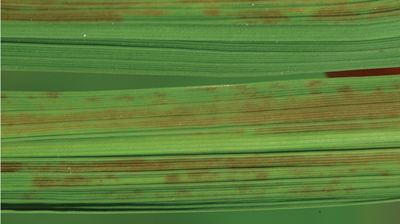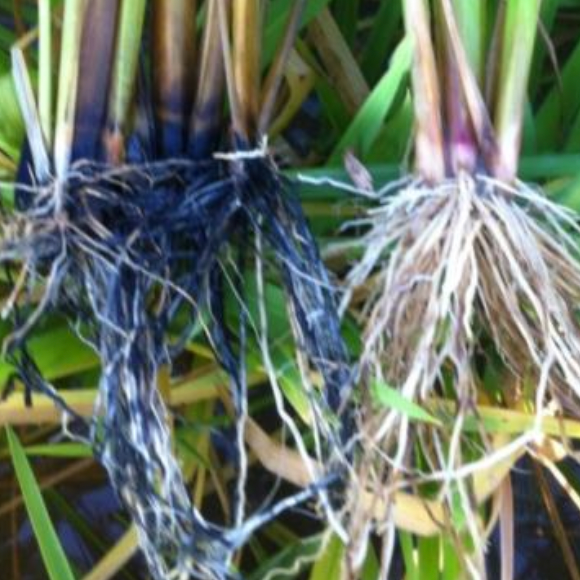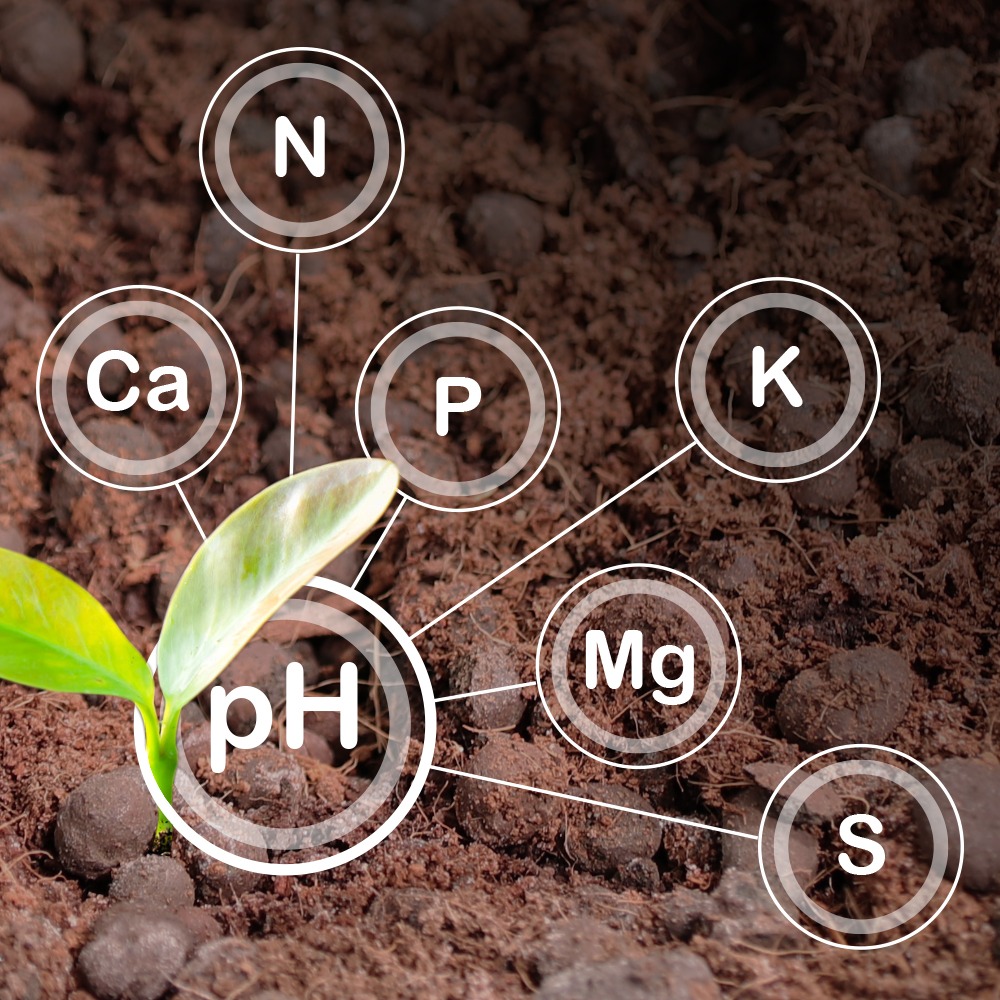Main Nutrient Deficiency in Paddy Grown Areas
As the typical crop is paddy, its growing areas cover about 62 percent of the net grown area where major nutrient N, P deficiencies and minor nutrient Zn, S deficiencies are greater.
N deficiency
Nitrogen deficiencies occurs in all of the major rice growing regions area (Ayeyarwaddy, Bago, Mandalay Division and Dry Zone areas) caused by low fertilizer use efficiency (Losses from volatilization, denitrification, in correct timing and placement, leaching or run off and temporarily immobilized by soil microbes.) and very low organic matter content, poor indigenous N supply and alkaline and calcareous soils. In Myanmar, farmers utilize Urea fertilizer as sources of N.
P deficiency
Low indigenous soil P, supplying insufficient application of mineral P fertilizer, high P fixation capacity in soil or erosion losses and crop establishment in direct seeded rice growing areas where plant density is high and root system are shallow occurs P deficiencies
Zn deficiency
Zn deficiencies largely occur in major rice growing areas especially in irrigated areas. Zinc deficiency generally occur in intensively cropped soils, triple rice crop systems, calcareous, sodic, saline neutral, old acid sulphate soil, peat and sandy soil, highly weathered area. The deficiency is widely spread in rice growing areas of delta, dry zone and coastal area.
S deficiency
It occurs in dry zone area, many rural areas and irrigated rice-grown areas. In these areas, depletion of soil S is evident because of intensive cropping, use of S free fertilizer, small quantities of SO42- in irrigation waters and forest burning. Sandy soils are also prone to S deficiency.















